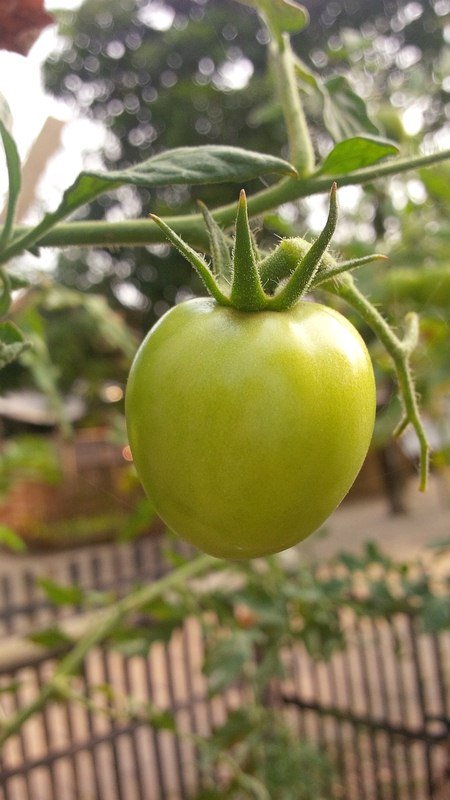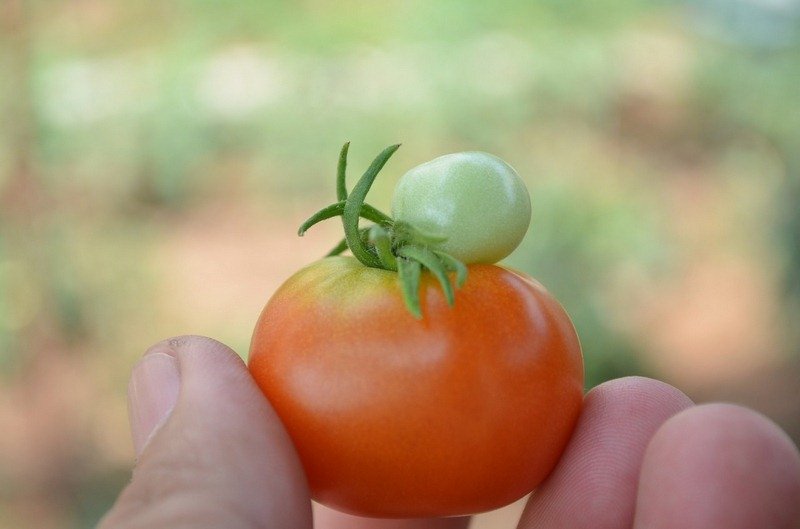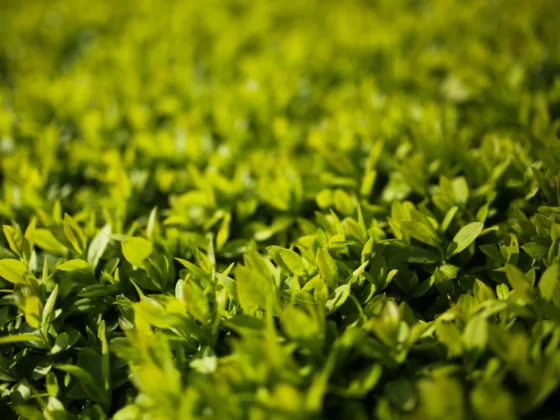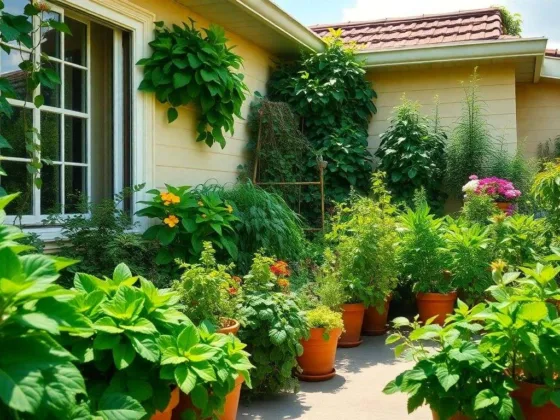Table of Contents Show
Organic vegetable gardening is the best way to provide fresh food for your family that is free of the pesticides and fertilizers that many people worry about. Even if you have never grown vegetables before, it is very easy to begin an organic garden, try starting out with an easy-to-grow vegetable like tomatoes.
An organically grown vegetable like tomatoes benefits in both taste and harvest when organic methods are used. Once I switched to entirely organically grown vegetables I immediately saw and tasted the difference in my harvest, and so did my family and those I shared my harvest with.

A Gardener’s Guide to Growing Organic Tomatoes
Here are tips for anyone who wants to begin growing tomatoes organically, or who already grows organic vegetables but is looking for a few tips for a better and bigger harvest.
Must Read:
Picking Your Tomato Plants
Not every tomato plant grows well in every location, so start by picking out tomatoes that are known to perform well in your area. Next, you need to decide if you will grow a hybrid variety or an heirloom. This decision is a personal one, I prefer heirloom varieties for their taste.
If you do not feel confident enough of a gardener to deal with different diseases or problems that can come up, a hybrid variety would probably be a better choice since they are bred to be disease-resistant. Finally, select varieties that are early regular and late bloomers if you want to extend your growing season and harvest all summer long.
Preparing Your Soil
Where you decide to plant and what you plant your tomatoes in is a huge part of organic gardening and growing tomatoes in general. Your tomatoes will need at least eight hours of sun a day, well-drained soil, and well disease-free, nutrient-rich soil.
To provide the first, watch different areas of your yard for several days and determine where the sun falls for the longest period of time, this is where your garden beds should go.
If the ground in this area appears soggy or regularly retains water make raised garden beds so that soil can readily drain from the soil. And finally, add compost to your garden so that plants will be able to pull nutrients from the rich soil.
Making a Garden Bed
The best kind of soil to grow your tomatoes in is slightly acidic soil (± 6.5), for a bigger harvest take the time to get a soil test and find out what the pH level of the soil is. This is not a hard thing to do, and once you know how acidic your soil is you can take a few easy steps to correct it.
Add plenty of compost to your vegetable garden beds. This is one of the biggest parts of organically grown vegetables, using compost eliminates the need to use chemical fertilizers on your plants. Mix the compost well into the soil so that it helps with drainage and so that the plant roots can find nutrients wherever they spread.
Feeding Your Tomatoes
There are two things I do for my tomato plants now that I garden organically that I didn’t before. The first is to provide my plants with rock phosphate twice during the growing season.
You do not need a lot of rock phosphate, just grab a handful and sprinkle it over the soil around your plants. Do this a couple of weeks after planting and then again when the flowers appear.
The second thing I changed about feeding my plants was to provide regular watering. I used to water whenever I had the time and then what I now believe was an insufficient amount. Tomato plants have very deep roots, and the water needs to be able to reach them. Water early morning or in the evening, when water is less likely to evaporate from the soil.
To aid water in reaching the tomato roots, regularly till the soil. I like to plant two-liter bottles with holes punched into the sides next to my tomato plants and fill them with water so that it can slowly seep deep into the ground.
Weeding Your Tomatoes
One of the other main concerns that arise when you garden organically is weed control, you do not need to spray the ground with chemicals to keep weeds down.
A great method to reduce the number of weeds in your garden is mulching. Use an organic mulch which will help the ground retain moisture, control weeds and slowly decompose, adding nutrients to the soil.









